Beneath the Waves: SCUBA Access and Capacity Building in Bali, Indonesia

Imagine growing up mere minutes away from the world’s greatest marine and coral biodiversity, yet you never had the chance to experience that beauty for yourself. This is the reality for most Indonesians. As residents of the world’s largest archipelagic nation, home to 17,000 islands and reefs teeming with vibrant life, it’s difficult to believe that so few have seen the beauty of corals that attract millions of visitors every year.
Read moreThe Power of Visualizing Environmental Science Through Art

As I recently reflected on my past Currents articles to understand my journey as a writer, scientist, and person, I recognized an important theme within my writing: exploring the multiple dimensions of nature, humanity, and science within my internal and external world. Through this reflection, I’ve recognized that I haven’t always been aware of the degree of connection between nature and other aspects of my identity, largely owing to the narrowness that stems from learning in systems shaped by patriarchy and the Western philosophy of positivism.
Read moreA Summer in the Wilderness

I spent the summer of 2024 guiding multi-day wilderness trips throughout Alaska. Throughout the summer, I guided kayaking, backpacking, and canoe trips in Lake Clark, Katmai, Denali, Gates of the Arctic National Parks and the Noatak Preserve and these ranged from four to twelve days long. I chose this position for the unique opportunity to engage others in discussions around the important connections between people and place in Alaska through the forums of public education, outreach, and engagement and to do this with land managers and local communities.
Read moreExploring Case Studies of Conservation Aquaculture

Ocean resources are essential to many communities, supporting food production, economic growth, and livelihoods. Resource extraction is often counterproductive to conservation goals, especially at the industry level. Is there a possibility to adapt the conflicting needs of society and the environment to promote conservation goals? Sustainable resource management is ever important in the face of climate change, and expanding human development.
Read moreBraided Channels: Through Mongolian Lands with Two Less than Enthusiastic Horses

Hello and welcome.
Currents is a science communication publication for students to share and reflect upon their research, experiences, and interests. This story is an attempt at broadening what’s considered to be within the canopy of both science and science communication. While this story isn’t “science” by most definitions, it does represent a multilayered reflection. We are inseparable from reflection, existing as the sum of our relations and experiences with people, history, our environments—everything we hold.
From Tides to Tables: Exploring Washington’s Oyster Industry
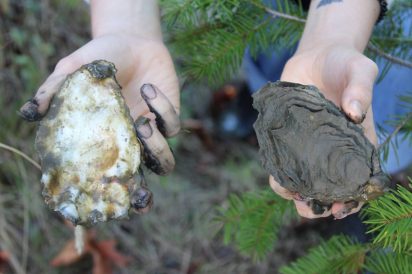
Brightly colored flags snap in the breeze and steam billows out of large vats as vendors invite passersby for a closer look. Families, farmers, and foodies alike have gathered here to pay homage to the humble oyster. But how can one innocuous little shellfish inspire such a gathering? Don’t be fooled by its unassuming exterior, this gastropod is the engine behind a multimillion-dollar industry and may be a key player in local water quality.
Read moreFinding Our Footing: Reflections on Mariculture in Alaska
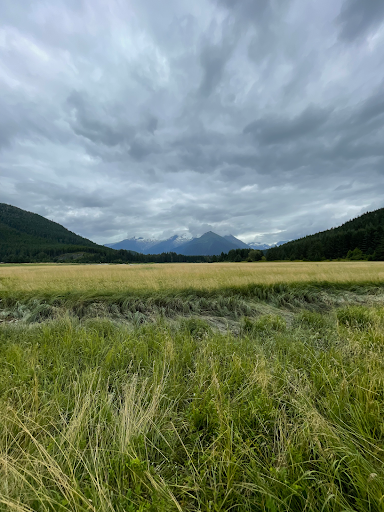
I seek to honor and respect the connection of the Tlingit People to their ancestral and current homeland, Lingít Aani (Juneau), as they have stewarded the land and sea of that region since time immemorial. I am grateful and indebted to them and the many Alaska Native people and Tribes who deserve their right to self-determination. I recognize that this land acknowledgment is a small initial step towards a relationship of awareness, respect, connection, action, reciprocity, and responsibility.
Read moreWelcome to Currents: SMEA Second Year Student Summer Spotlight
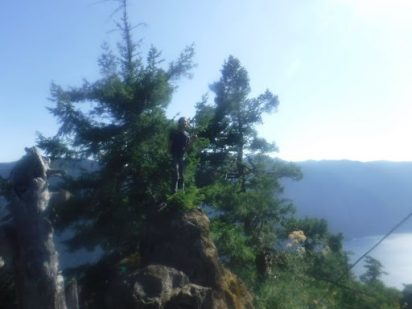
Greetings! With a new school year comes a new executive board, and we’re excited to keep shining a spotlight on SMEA students and their experiences. Whether it’s getting a preview of student research, diving deep into a topic students are passionate about, or simply reading a good story, we’re confident this will be another fantastic year to be a reader of Currents.
Read moreDigging Deep into Alaska Hardrock Mines
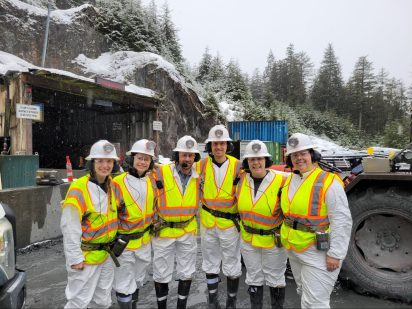
The door slowly slid open as all five of us climbed out of the three-row van—affectionately named the “sassy Sienna”—emerging onto a dark, wet, nearly empty marina. The rain softly fell onto the hoods of our jackets as we surveyed the scene, no one quite awake, looking for our next mode of transportation. It was 4:30 AM, and we were scheduled to board a ferry with a shift of mine workers sailing towards Admiralty Island National Monument and our much-anticipated tour of Greens Creek mine.
Read morePools of Wonder: The Unique Anchialine Ponds of Hawai’i
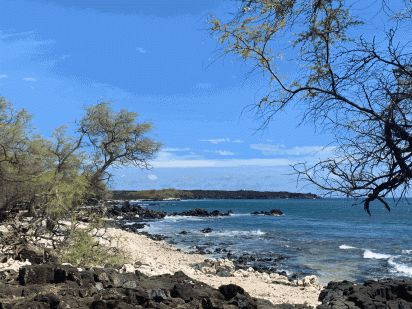
The Hawaiian Islands are home to an abundance of natural resources that are globally rare and unique to the archipelago. The islands’ natural resources consist of a wide array of ecosystems, terrestrial and marine life, and Hawaiian cultural sites. Anchialine ponds are one of the many endemic ecosystems to the Hawaiian Islands associated with the region’s cyclical volcanic processes.
Anchialine ponds are brackish water ponds located in coastal zones that do not have any visible connection to the sea.
The Act of Noticing the Small, the Big, and the In-Between in Washington State Ecosystems: What Field Ecology Has Taught Me About the World
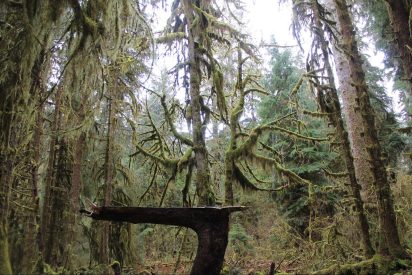
As the end of my first year in graduate school approaches, time has passed by rather quickly. Like an old friend, Mother Nature has extended a hand and helped me ground myself as I powered through the academic year. Particularly, my teaching assistantship and the friends I have made in my program provided meaningful experiences that allowed me to take time to observe the world with childlike wonder in my floral rubber boots and many bucket hats.
Read moreThe Destination City: The Future of Coastal Climate Migration
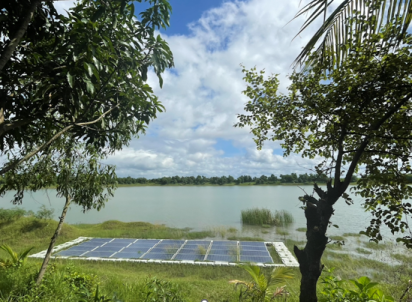
“I remember how much grief there is when a house is broken [by flooding], for so many things. I remember how this house that we struggled for was broken and gone. How can I stay, how can I survive?” – Participant 11 from my study, when asked what she remembers from her village.
In recent years, there has been a growing phenomenon of migration induced by climate change; projections estimate that, by 2050, anywhere from tens of millions to over a billion migrants will emerge.
A Fish (almost) Out of Water
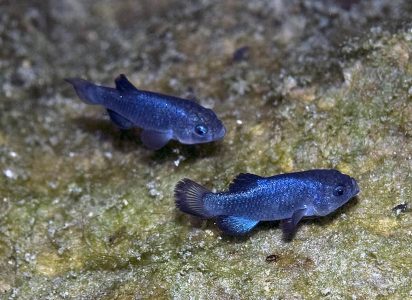
In Nevada, there is a desert. In that desert, there is a hole. In that hole, there is water. And in that water, there is a fish. This species, the Devil’s Hole pupfish, is found nowhere else in the world and is confined to a single 215 square foot limestone shelf. This radiant, cobalt-blue fish only grows to about an inch in length–sustained by the scarce amount of algae and invertebrates found in Devil’s Hole.
Read moreWhy is the West Coast so Crabby? Exploring the Relationship Between Community Collaboration and Coastal Management
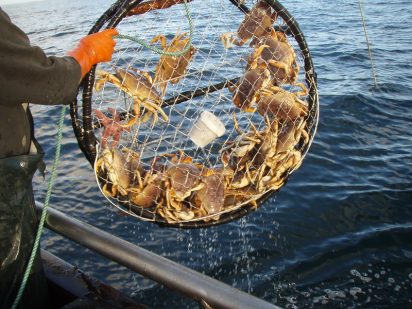
I shouldn’t be surprised that the one constant theme through my two years at SMEA is the complexity of coastal management issues that we spend so much of our time attempting to understand and solve. As an environmentalist and animal enthusiast, I typically find myself favoring management strategies that conserve these species and the spaces they rely on. But despite my love for all of our ocean’s marine critters, I recognize that these species aren’t the only ones using and benefitting from these spaces, and our coastal communities and their fisheries, too, have an important place in coastal resource management.
Read moreA Gift of Conversation: Acknowledging Indigenous Land in Present-Day Seattle

We who live here invite you to feel
As the Old Chief, that the Great Spirit is Real
It’s Light — Sunsets from the Snows Gleaming Tower
It’s Color — floods the evening and shows forth its Power
Inspiring all to reach higher and higher
As they live by the Breath of the Cosmic Fire
–John Martin Rich, 1977
Let’s Pray.
Old Forest Roads and the Accessibility of Wild Spaces
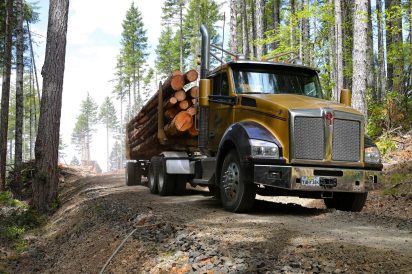
This past March, a friend sent me a Smithsonian Magazine article titled “The Case for Destroying Old Forest Roads” that discusses forest road decommissioning in Montana and the resulting ecological restoration. Reading through the article, I thought about my previous encounters with this debate about the benefits and burdens of roads providing access to wild spaces. It came up in my capstone team’s research on expansions of operating hardrock mines in Alaska (Currents article forthcoming!).
Read moreDegenerative Labels: The Trajectory of Organic and Regenerative Food Production
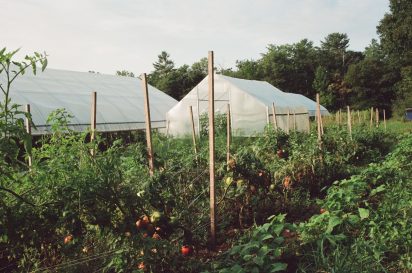
At this point, we’re all familiar with the word organic. It is a word that has taken on its own universe of meaning: it is a label on everything from carrots and spinach to lip balm and bed sheets that indicates producers meeting a specific set of technical standards; it is a word used to describe a certain kind of “wholesome” or “environmentally-friendly” lifestyle; it is a word that can dramatically impact the cost of something (and to some, only impacts cost rather than quality, sustainability, etc.).
Read moreThe North American Amazon: A Cradle of Biodiversity in Need of Protection
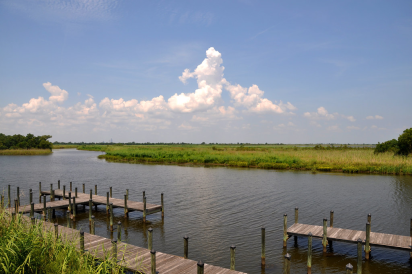
When I think of the Amazon rainforest, located primarily in the northern regions of Brazil, I see images of deep lush green trees and vines bordering a river filled with an incredibly diverse array of animals. But it always seems like a distant place, inaccessible and far away. The United States, however, has an “Amazon” of its own. Tucked deep in the American South, Alabama boasts one of the most ecologically and biologically diverse river systems in the world.
Read moreBolting Across Oceans and Enriching Culinary Traditions

In 2021, the reclassification of yellowfin tuna (Thunnus albacares) from Near Threatened to Least Concern on the International Union for Conservation of Nature Red List marked a monumental achievement in the realm of tuna conservation. This shift was a testament to the collective efforts invested to conserve this iconic species, ranging from including catch regulations, using ecosystem-based management approaches, and creating market-based incentives.
Read moreSouthern Exposure: Climate Change and the Vulnerability of the South
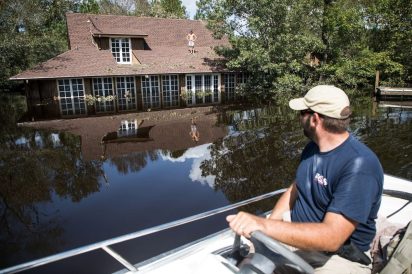
In May, it will be a decade since I left my home state of North Carolina. I hadn’t planned to never go back, but circumstances and life decided to root me in the Pacific Northwest for the time being. I still journey back once or twice a year to see my family, but I never stay too long. Now, I have lived almost a third of my life in western Washington and currently call it home.
Read more